The Connection between ADHD Medications and Methamphetamine
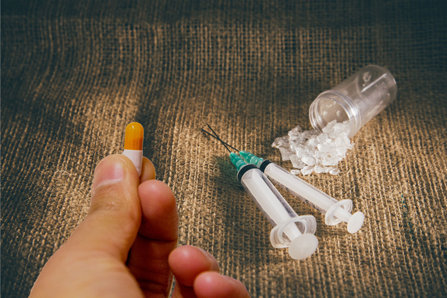
I’ve often heard different drugs being described as similar to one another. Many pharmaceutical drugs carry the same chemical compounds. Even some street drugs, are close to each other. And we all know the iconic similarities of the horrible street drug heroin and our supposedly miraculous pharmaceutical opioid pain relievers. These two are very similar, down to their chemical structure.
But a lesser-known similarity in the drug world is that of pharmaceutical ADHD medications and the street drug methamphetamine. In fact, and this one is not that well known, there is even an ADHD drug called “methamphetamine.“ Although the two drugs are very similar chemically, one is highly illegal, and its use and possession are punished, and the other is freely prescribed by doctors everywhere.
Methamphetamine Statistics
Through the late 1990s and early-to-mid 2000s, street methamphetamine or “crystal meth” as it is often called, soared in interest throughout U.S. cities. According to the Substance Abuse and Mental Health Services Administration, in 2016 about 667,000 people in the U.S. over the age of 12 were current users of illicit methamphetamine. That comes out to about 0.2 percent of the population of the United States.
According to the Foundation for a Drug-Free World, by 2008 the United States government had reported that about 13 million Americans over the age of 12 had used methamphetamine at least once. At least half a million were regular users of the drug.
The same organization assessed both young adult use of meth and treatment center admissions for meth use. According to their data, 2007 saw about 4.5 percent of high school seniors using meth at least once in their life. And about 3 percent of those who went to drug and alcohol treatment centers in 1996 did so for meth addiction. By 2006, that statistic had tripled to 9 percent. Some states, like Hawaii, have much higher rates. About 48 percent of 2007 treatment center admissions in Hawaii were for meth use.
It is true that meth use in the U.S. is not as bad now as it was in the mid-2000s. But this is still a severe problem. And to learn that there are pharmaceutical drugs, legal substances, and in fact encouraged substances which are mostly the same drug—that is terrible news, indeed.
Similarities between Meth and ADHD Medications—Down to the Chemicals
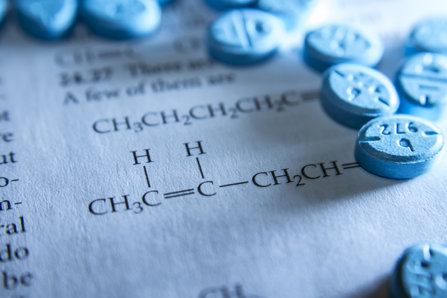
Another critical factor the Substance Abuse and Mental Health Services Administration talks about is the stark similarity between illicit methamphetamine and pharmaceutical-grade methamphetamine. The 2016 statistics referenced above represent the first year when SAMHSA announced they were going to start differentiating addiction statistics between illegal meth versus pharmaceutical methamphetamine. Both problems seemed relevant enough yet different enough to warrant separate address.
Methamphetamine, as an illegal street drug, is usually bought and sold as a white, odorless, bitter, crystalline powder. Sometimes it is sold in a more glassy, crystallized form (crystal meth). Methamphetamine is very similar to amphetamine, another type of drug which appears in common pharmaceuticals such as Adderall. But more on that later.
Now let’s look at ADHD medications. ADHD medications refer to any of a series of pharmaceutical drugs intended to address Attention Deficit Hyperactivity Disorder. In fact, let’s narrow it down a bit and look at just one ADHD medicine, brand-named Desoxyn. This drug is prescribed for ADHD and narcolepsy. Its brand name might be Desoxyn, but the drug is actually pharmaceutical-grade methamphetamine.
What seems utterly absurd to me is that one variant of a drug can be legal and freely prescribed to schoolchildren and a slightly different modification of the same drug is illegal and those caught using it are punished to the full extent of the law.
And Desoxyn, while not as widely prescribed as it perhaps once was, is still fully supported in the medical community. I quote from WebMD: “This medication (Desoxyn) is used to treat attention deficit hyperactivity disorder—ADHD. It works by changing the amounts of certain natural substances in the brain. Methamphetamine belongs to a class of drugs known as stimulants. It can help increase your ability to pay attention, stay focused on an activity, and control behavior problems. It may also help you to organize your tasks and improve listening skills.”
That’s one of the leading medical websites in the U.S. speaking in bold support of methamphetamine as being a legitimate medical solution for some patients.
Desoxyn only has a few ingredients as pharmaceutical drugs go. If we examine the ingredients panel at Daily Med, we see that Desoxyn contains 5mg of methamphetamine hydrochloride. There’s also some corn starch, lactose, sodium, stearic acid, and talc thrown in there. But those 5mg of methamphetamine stare at us as if burned in with bold print. It's hard to ignore.
A Tight Similarity Between Methamphetamine and Adderall
“D-amphetamine and methamphetamine produce nearly identical physiological and behavioral effects. They both increase blood pressure, pulse, euphoria, and desire to take the drug in a dose-dependent manner. Essentially, they are the same drug.”
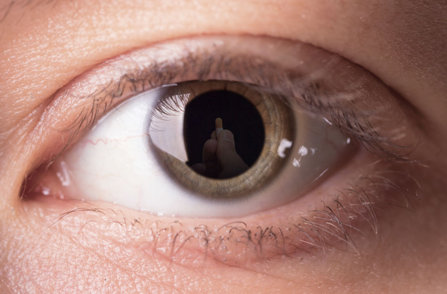
It gets worse. This picture of similarities between street drugs and pharmaceutical drugs becomes even more gruesome when we examine the similarities between methamphetamine and amphetamine.
In a Forbes magazine article, contributor Jacob Sullum quotes Columbia neuropsychopharmacologist Carl Hart who said, “D-amphetamine and methamphetamine produce nearly identical physiological and behavioral effects. They both increase blood pressure, pulse, euphoria, and desire to take the drug in a dose-dependent manner. Essentially, they are the same drug.”
And what is d-amphetamine you ask? Only just the active ingredient in Adderall—the very common ADHD medication that millions of Americans take every day.
What Should We Do?
We have gotten to a point in our society where there are so many drugs made for thousands of different reasons, not all of which are all that sensible or logical. At this point, there are likely more types of pharmaceutical drugs than there ever were before in our history.
But we need to draw a line when we start making pharmaceutical drugs that are just one or two molecules off from highly addictive, mind-altering, and potentially lethal street drugs like methamphetamine.
We need to start asking serious questions about pharmaceutical drugs, extending the narrative not only to just “Should we be taking these drugs less?” which has already been the subject of discussion for some time. We need to start asking a different question, i.e., “Should we be taking these drugs at all?” If various pharmaceutical drugs like ADHD meds and opioid painkillers are essentially fraternal twins of highly dangerous and illegal street drugs like methamphetamine and heroin, isn’t it time we considered drawing the line?
It’s time we protected ourselves and future generations from addiction risk. It’s time we demanded medical solutions which are not so similar to illicit street drugs and solutions which are safe and non-addictive. Is that really too much to ask?
Sources:
- https://www.samhsa.gov/NSDUH-FFR1-2016/
- https://www.webmd.com/drugs/2/drug-9124/desoxyn-oral/details
- https://dailymed.nlm.nih.gov/dailymed/drugInfo.cfm
- https://www.forbes.com/sites/jacobsullum/hyperbole-hurts-the-surprising-truth-about-methamphetamine
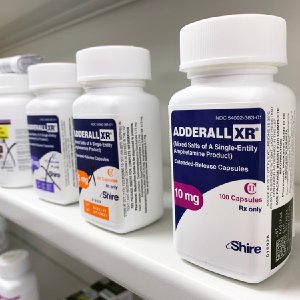
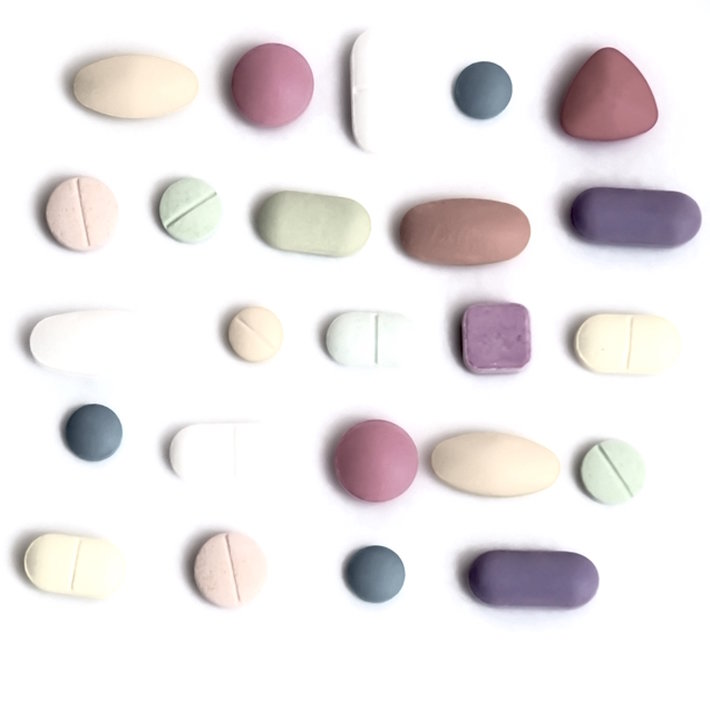
 ®
®